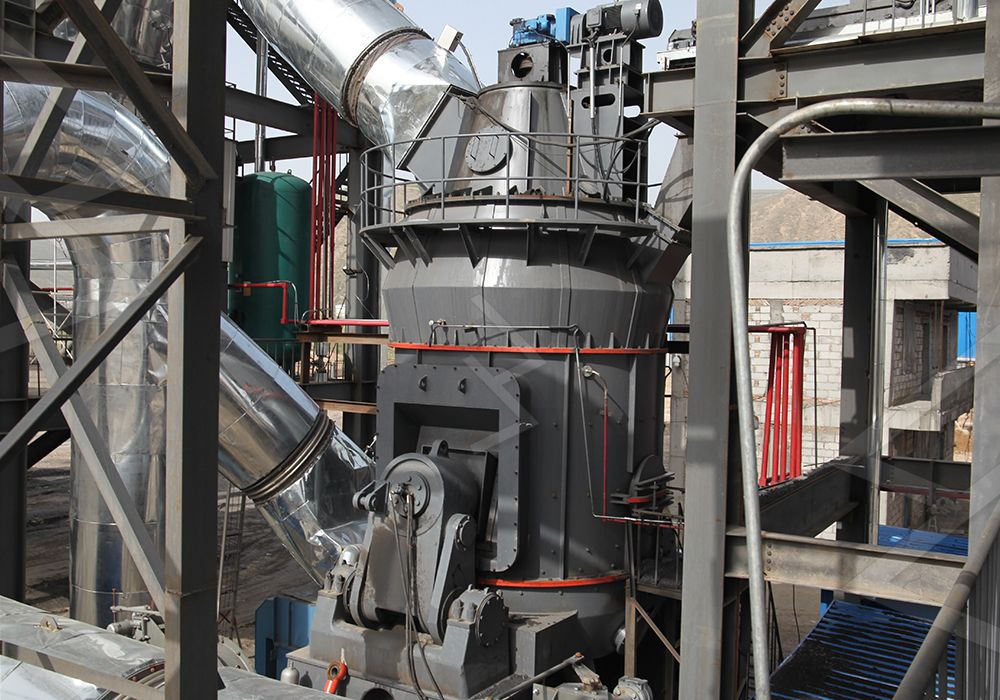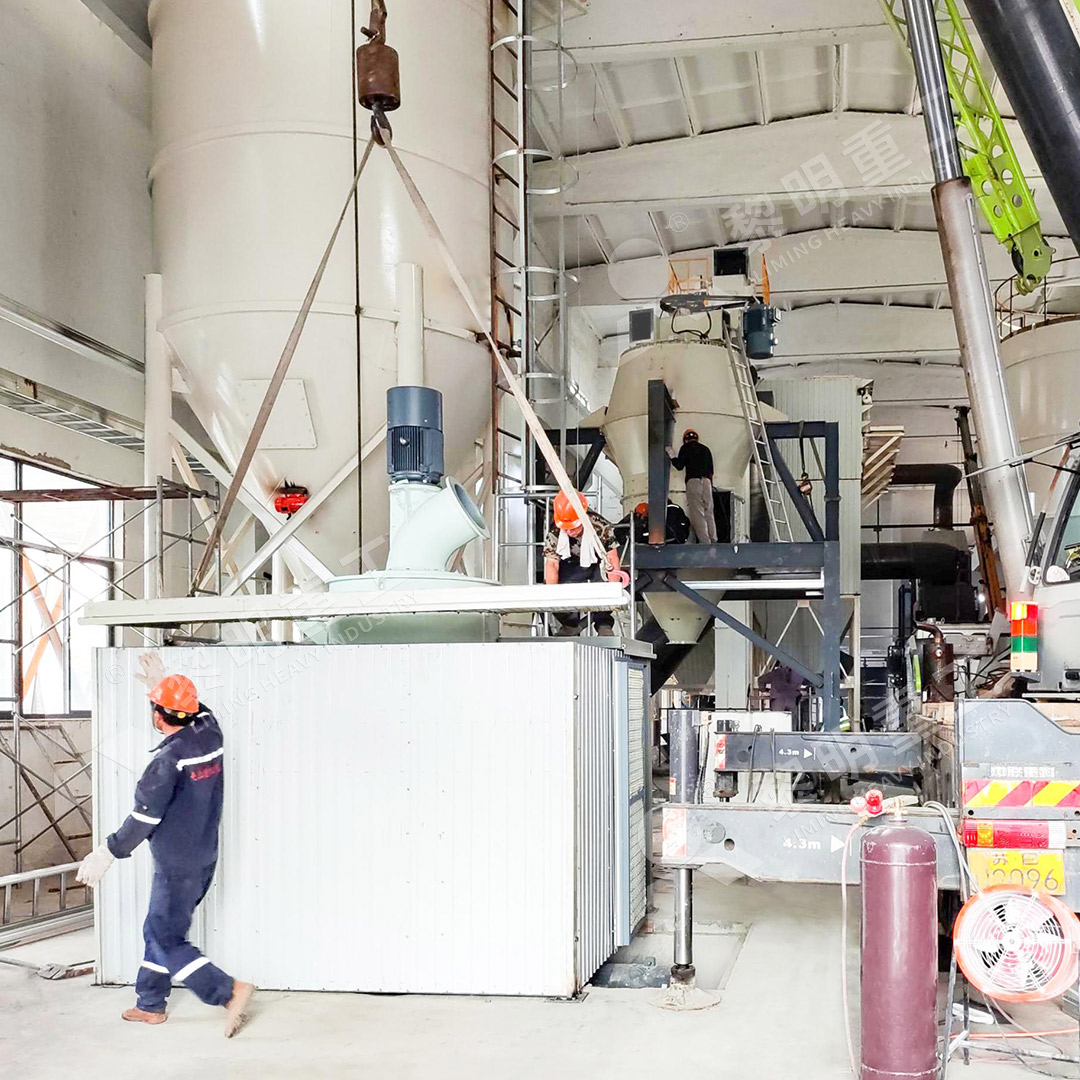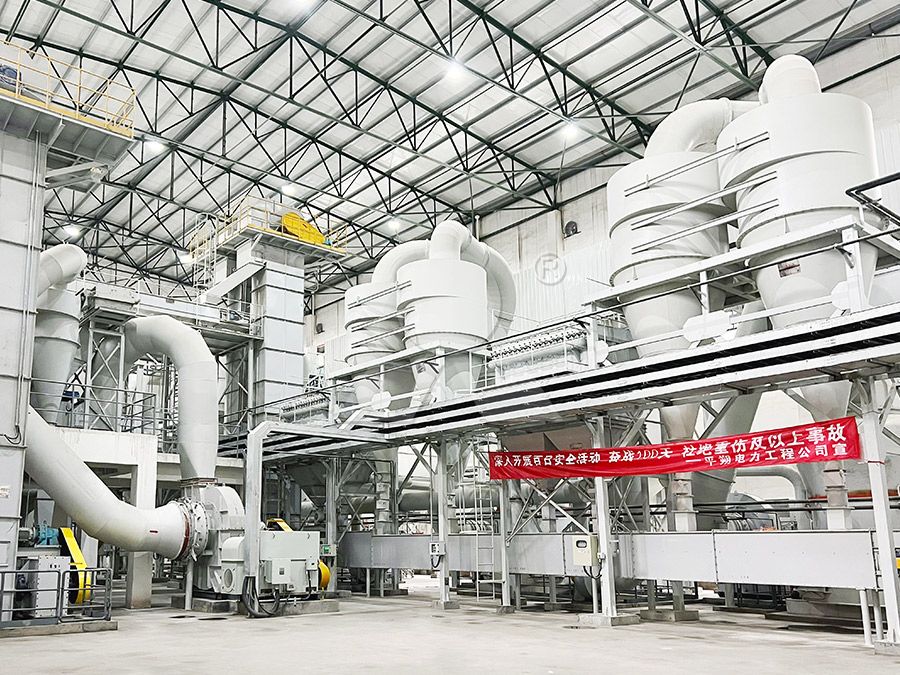High-Efficiency Vertical Mill for Carbon Black Grinding and Processing
High-Efficiency Vertical Mill for Carbon Black Grinding and Processing
The processing of carbon black presents unique challenges in the industrial milling sector. This essential material, used extensively in rubber manufacturing, plastics, inks, and coatings, requires precise particle size distribution and consistent quality to meet stringent industry standards. Traditional grinding methods often struggle with carbon black’s abrasive nature and specific fineness requirements, leading to operational inefficiencies and compromised product quality.
Modern vertical mill technology has revolutionized carbon black processing by addressing these challenges head-on. Unlike conventional horizontal mills, vertical mills utilize a more efficient grinding mechanism that reduces energy consumption while improving particle uniformity. The vertical orientation allows for better material flow and more controlled grinding conditions, resulting in superior product characteristics.

Technical Advantages for Carbon Black Applications
When processing carbon black, several technical factors become critical. The material’s tendency to generate heat during grinding can affect both equipment longevity and product quality. Advanced vertical mills incorporate efficient cooling systems that maintain optimal temperatures throughout the grinding process. Additionally, the enclosed design prevents contamination and ensures consistent product purity.
Particle size control represents another significant advantage. Carbon black applications often require specific surface areas and particle distributions that conventional mills struggle to achieve consistently. Modern vertical mills with advanced classifier technology can produce carbon black powders with precisely controlled fineness ranging from coarse reinforcement grades to fine specialty pigments.
Recommended Solution: MW Ultrafine Grinding Mill
For operations requiring ultra-fine carbon black powders, our MW Ultrafine Grinding Mill represents the pinnacle of grinding technology. This advanced system handles input sizes up to 20 mm with capacities ranging from 0.5 to 25 tph, making it suitable for various production scales. The mill’s innovative design eliminates rolling bearings and screws from the grinding chamber, addressing common failure points in carbon black processing.
The MW Ultrafine Grinding Mill achieves remarkable energy efficiency, consuming only 30% of the energy required by jet mills while delivering 40% higher production capacity. Its German-designed cage-type powder selector enables precise fineness adjustment between 325-2500 meshes, with screening rates achieving d97≤5μm in a single pass. The integrated pulse dust collector ensures environmentally compliant operation, a critical consideration in carbon black production facilities.

Alternative Option: LUM Ultrafine Vertical Grinding Mill
For operations prioritizing maximum precision and operational stability, the LUM Ultrafine Vertical Grinding Mill offers exceptional performance. With an input size capacity of 0-10 mm and throughput of 5-18 tph, this mill incorporates the latest grinding roller technology from Taiwan and German powder separating technology. The double position-limiting technology provides unprecedented operational stability, preventing destructive impacts during vibration events.
The LUM mill’s reversible structure simplifies maintenance significantly. Through this innovative design and hydraulic adjustment system, operators can easily move grinding rollers out of the body for inspection and replacement of wear parts, minimizing downtime in continuous carbon black production environments.
Operational Considerations
Successful carbon black processing requires attention to several operational aspects. Material moisture content must be carefully controlled, as excessive humidity can lead to clogging and reduced efficiency. Proper feeding systems ensure consistent material flow to the grinding chamber, while optimized air flow patterns carry the processed powder to collection points without premature deposition.
Maintenance protocols for vertical mills processing carbon black should emphasize regular inspection of grinding elements and classifier components. The abrasive nature of carbon black necessitates periodic replacement of wear parts, though advanced materials in modern mills significantly extend service intervals compared to traditional equipment.

Economic and Environmental Benefits
The transition to high-efficiency vertical mills for carbon black processing delivers substantial economic advantages. Reduced energy consumption directly lowers operating costs, while higher production rates improve overall facility throughput. The compact footprint of vertical mills compared to traditional ball mills frees valuable floor space for other operations.
Environmental compliance represents another significant benefit. Modern vertical mills with integrated dust collection systems effectively contain carbon black particles, preventing workplace contamination and ensuring regulatory compliance. The reduced noise levels compared to conventional mills contribute to better working conditions and community relations.
Frequently Asked Questions
What makes vertical mills particularly suitable for carbon black processing?
Vertical mills offer superior heat management, precise particle size control, and higher energy efficiency compared to traditional grinding systems. Their enclosed design prevents contamination and dust emission, critical factors when handling carbon black.
How does the MW Ultrafine Grinding Mill achieve such significant energy savings?
The MW mill incorporates newly designed grinding curves for rollers and rings that enhance grinding efficiency. The absence of rolling bearings in the grinding chamber reduces friction losses, while the advanced classifier requires less power for separation.
What fineness range can be achieved with modern vertical mills for carbon black?
Advanced systems like the MW Ultrafine Grinding Mill can produce carbon black powders ranging from 325 to 2500 meshes, with some configurations achieving particles as fine as d97≤5μm.
How does the maintenance requirement compare between vertical mills and traditional systems?
Vertical mills generally require less frequent maintenance due to their simplified mechanical design and absence of many wearing components found in traditional mills. The reversible roller systems in models like the LUM mill further reduce maintenance time.
Can vertical mills handle variations in carbon black feedstock quality?
Yes, modern vertical mills incorporate adjustable operating parameters that accommodate variations in feedstock. Hydraulic systems allow pressure adjustments to optimize grinding for different material characteristics.
